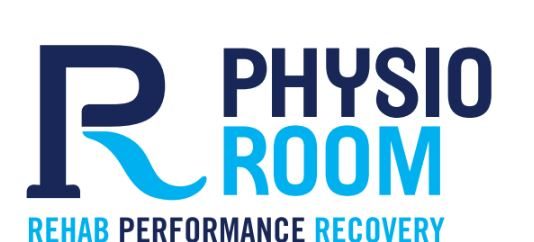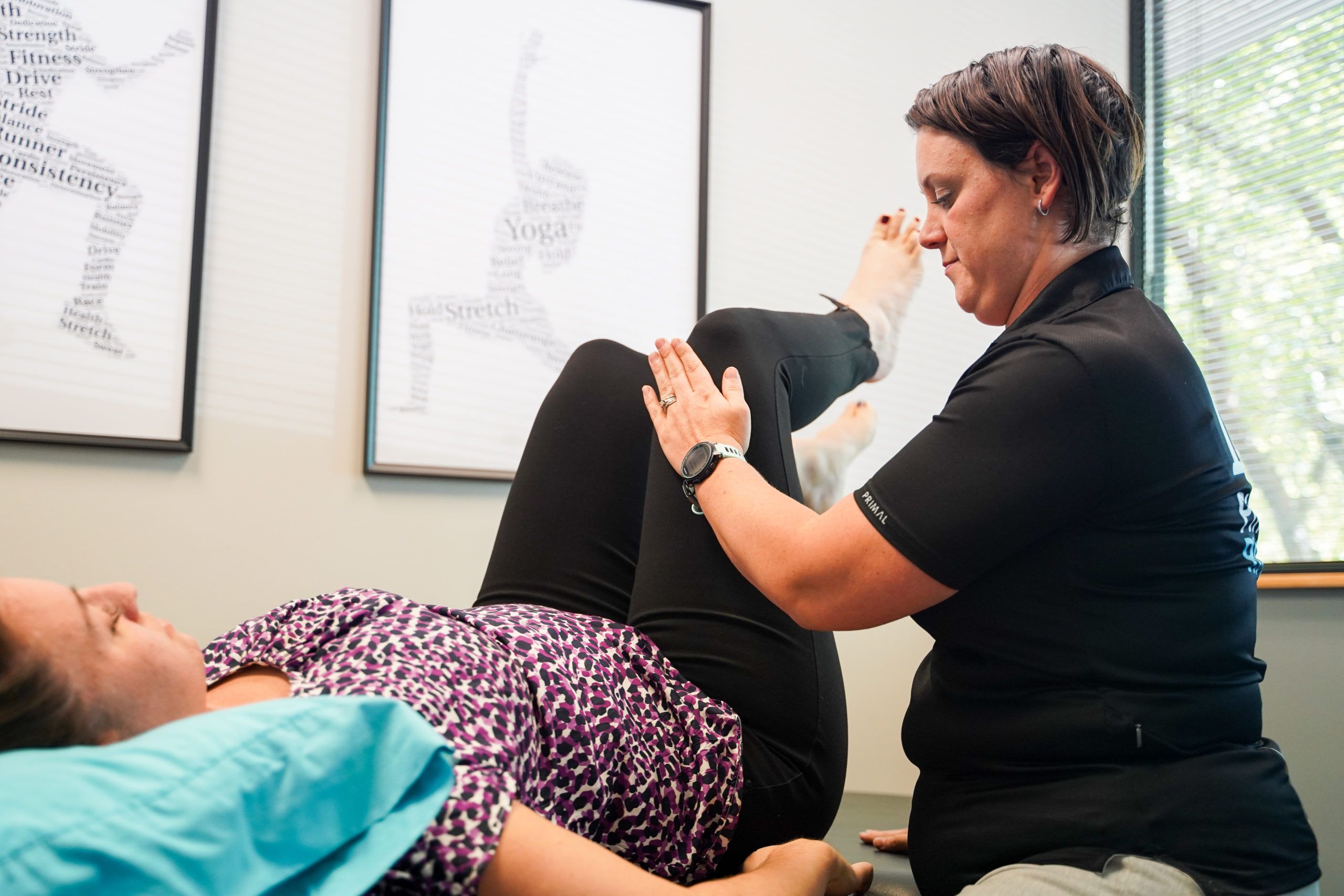Have you ever been told that any issues you’re having with your pelvic floor after giving birth is normal, that this is the cost of motherhood, or that’s just what happens when you’ve gone through pregnancy?
Well, a lot of things are not true. Why? Because while the issues you’re facing may be common, they’re not normal – and it doesn’t help that there’s a lot of different options out there.
Dr. Amber is a Women’s Health Specialist and PT here at Physio Room, and she faced a pretty rough and traumatic pregnancy.
Dr. Amber thought she was going to have a thriving pregnancy and remain fit and active immediately afterwards. But it was a longer journey than she expected.
Providers are still pretty conservative of what their rules are of what they allow women to do while they’re pregnant. Some providers will be a little bit more flexible. Some providers are going to be pretty rigid in what they’re recommending.
It’s important for women to find that balance for themselves and what their provider is telling them.
If that’s a midwife, OBGYN or any provider that isn’t aligning with the things that you like to do, that’s a really hard mental place to be.
So it’s important to find that balance and then if things don’t go according to plan, how do you get back there?
There’s always a whole lot of conversation about what you should be doing when you’re pregnant, what you shouldn’t be doing, what activity is okay, and what activity is not.
A lot of that does vary person to person of what their baseline activity is, and how risk tolerant they’re going to be. Most providers are going to be against anything that is going to have an impact on the baby.
Some people do really well running throughout their entire pregnancy and their body handles that very well or lifting weights or whatever it may be. And some people don’t have that baseline to kind of carry them through.
So, what is the pelvic floor exactly, and how can we keep it healthy; after giving birth or just in everyday life?
If we think of our core as kind of a canister with a diaphragm being at the top, our stomach muscles or abdominals being in the front. We have back muscles in the back. The pelvic floor is going to be the bottom and it’s kind of a bowl shape that lines the inside of our pelvis urethra, where you urinate, vagina, rectum are all going to be holes through the public floor, through there.
For males, the pelvic floor is really going to play into the penis and how that works as well. Its job is to support the organs as well as evacuation of bowel and bladder. A lot of support is going to come through this area. It’s a little bit different than a lot of other muscles because of how it’s innervated. A lot of our skeletal muscles are more voluntary. We want to reach for something, our brain sends a signal to allow that to happen.
The pelvic floor, along with the core, helps support you when you lift heavy things. It also supports bladder control.
If you’re noticing issues with these things and more, it’s recommended to see a Pelvic Floor Specialist.
Pelvic floor physical therapists are first and foremost trained as a PT. They still very much have an orthopedic background of some sort, and a neuromuscular background.
An evaluation with a pelvic floor PT should also be looking at your body as a whole system to determine what your lower back is doing, what your hips are doing, and what your foot is doing… because all of that is going to impact what your pelvic floor does.
So there’s always going to be that screening process, and depending on what that shows, how in depth your PT will go. A lot of Pelvic Floor PTs are going to do an internal exam.
If you’re experiencing pelvic floor issues, DON’T ignore them! Contact one of our Physio Room Pelvic Floor Specialists like Dr. Amber using the link here.



No responses yet